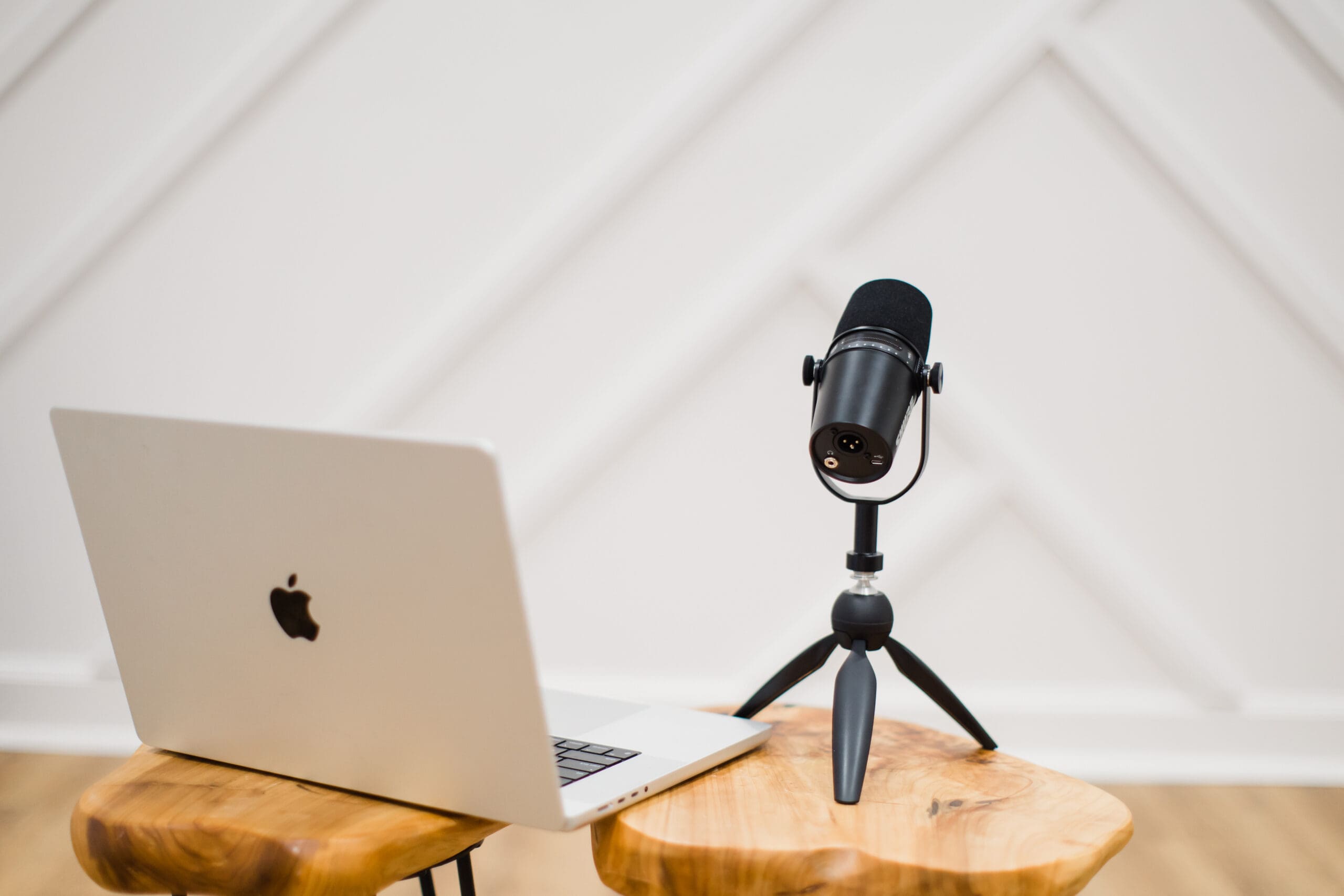What Healing Actually Takes (and Why It’s Hard)
Episode 26: Spotify | Apple Podcasts | YouTube
View transcript on Buzzsprout
Healing is hard—but it’s not because you’re doing it wrong. In this episode, Amanda offers a gut check and compassionate pep talk about what it really takes to heal anxiety and depression in a society that makes it so hard to slow down, rest, or feel safe. From personal stories to statistics, this one is a call to arms for your healing journey.
What We Cover in This Episode
- How Amanda’s healing journey changed between age 25 and 30
- What symptoms are really trying to tell you
- The cultural and lifestyle factors that make healing so hard
Why therapy alone isn’t always enough - Tangible truths that will change the way you approach healing
Healing Can’t Happen Without Change
At 25, Amanda was cycling between anxious overdrive and complete shutdown—despite living a life that “looked good.” By 30, as a mom and business owner with far more responsibility, her anxiety and depression were largely gone.
What changed? She shifted her healing approach from talk therapy to nervous system-based, somatic work. She learned how to support her physiology first, which gave her the capacity to change her psychology.
Healing required lifestyle shifts, nervous system tools, boundaries, and tangible changes—not just insight. Talk therapy gave her understanding, but not momentum.
“All the talking in the world cannot help you if your body is trapped in survival mode.”
Symptoms Are Prompts, Not Punishments
We’re used to viewing symptoms like anxiety and depression as problems. But through a nervous system lens, they’re prompts—intelligent signals that something is too much or needs to shift.
Just like pain is a signal to rest a sprained ankle, or hunger is a signal to eat, anxiety and depression are cues that something in your life, body, or environment is unsustainable.
“If hunger felt awesome, we’d all be dead.” In other words, the discomfort of symptoms is by design. It motivates us to address unmet needs—rest, nourishment, connection, safety. Symptoms are adaptive responses from a body trying to survive.
What the Stats Reveal About Our Reality
Before we even talk healing, we have to acknowledge what we’re up against.
- 1 in 3 U.S. adults don’t get enough sleep.
- Nearly 40% have fallen asleep unintentionally due to exhaustion.
- Less than 30% meet minimum activity guidelines.
- The average adult eats 60 lbs of added sugar per year.
- Nearly half of Americans are vitamin D deficient.
These stats aren’t just numbers. They’re signals that our environment is working against us. We live in a culture that glorifies overwork, minimizes rest, and neglects the basics that keep us mentally and physically well. One of my favorite quotes is, “It is no measure of health to be well adjusted to a profoundly sick society.”
The Courage to Do It Differently
If you’re living a life that looks good but rarely feels good, you’re not alone. The pressure to perform, overgive, and push through leaves many people disconnected, dysregulated, and disillusioned.
Healing requires us to rebel against the norms that made us sick in the first place. To prioritize sleep, food, and connection. To set boundaries and slow down. To create a life where our nervous system feels safe.
That means:
- Saying no to what drains you
- Saying yes to what restores you
- Tuning into your symptoms, not suppressing them
- Asking for support (and receiving it)
This is exactly why Amanda created the Restore coaching program and the Regulated Living membership—to provide structure, support, and somatic tools that make those shifts doable.
Healing Is a Puzzle—But You Don’t Have to Do It Alone
Amanda shares a promise she gives to all new members: only you can put the puzzle of your healing together, but you don’t have to do it alone.
Inside her practice Regulated Living (previously Rise As We), you’ll find coaching and community to walk with you—step by step—to help you build a life that both looks and feels better.
Three Tangible Takeaways
- Healing Is Hard—And That’s Normal: It’s the most courageous work you’ll ever do. Parts will feel triumphant; others will feel like you’re moving backward. Keep stepping.
- You Can’t Mindset Your Way to Healing: You can’t meditate your way out of 5-hour nights, toxic jobs, or chronic survival mode. Start with physiology. Address the body.
- You Can Heal—But Not By Waiting: Healing won’t happen just with time. It happens through intention, nervous system support, and often community. You don’t have to go it alone.
Looking for more personalized support?
- Book a FREE discovery call for RESTORE, our 1:1 anxiety & depression coaching program (HSA/FSA eligible & includes comprehensive bloodwork)
- Join me inside the Regulated Living Membership, a mental health membership and nervous system healing space (sliding scale pricing available)
- Join my Release Class – Monthly guided nervous system regulation class
- Order my book, Healing Through the Vagus Nerve today!
- Download free resources here
*Want me to talk about something specific on the podcast? Let me know HERE.
Disclaimer: This article is for informational purposes only and is not a substitute for professional medical advice, diagnosis, or treatment. Always seek the advice of your physician or qualified mental health provider with any questions you may have regarding a medical condition.

Leave a Reply Cancel reply
A mental health newsletter that feels like a deep breath: simple, grounding, and here to remind you that healing is possible.
The Weekly Rewire
Navigate
Regulated Living provides neuroscience-backed mental health coaching to help you regulate your nervous system and reclaim your life from anxiety and depression.
Heal
Learn
Paragraph